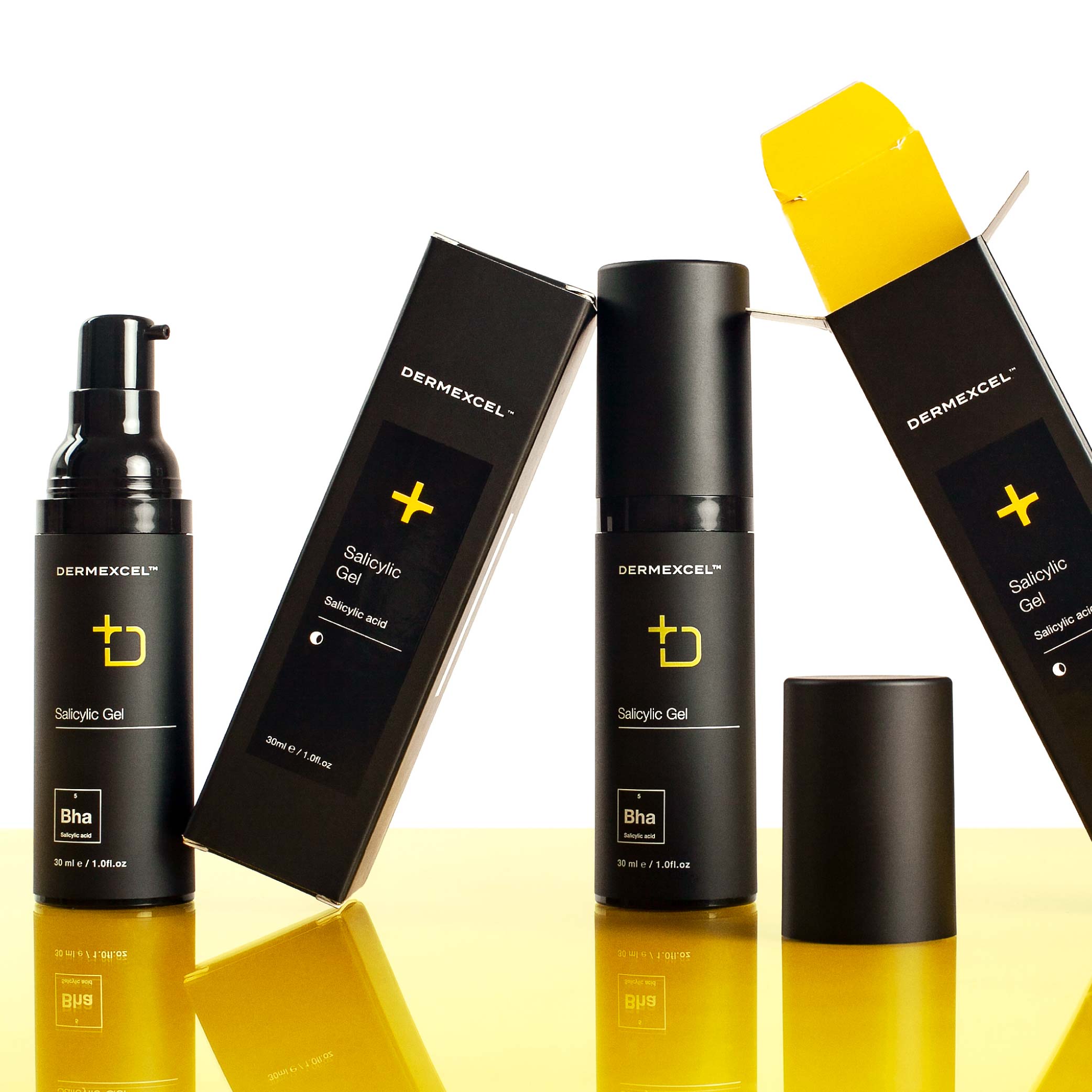I’ve been struggling with acne around my jawline, big pores and the odd blackhead. This product is working wonders and every time I can see an improvement. Thank you DermExcel!
Using these two products has completely transformed my routine. The serum should be called miracle worker because that is exactly what it is. My scarring and acne is finally under control and I feel like my skin care routine has taken the next level. The tinted moisturizer with sunscreen works so well for one who doesn't like heavy make-up. The coverage is light, doesn't transfer and it keep the skin hydrated throughout the day. 10/10
Since using these products ct my skin has been smoother and my pores has become a lot smaller. I have a lot less problems with exzema. LOVE these products!
This is amazing, I ordered for myself and at the end my husband and son took it over and had to reorder again for them. I can’t use normal lip balm this is the only one working for me without any issues. Love Dermal Health products a Lot!
Every morning I look forward adding the serum to my morning routine. I love the texture of the serum. It has a silky feel when you dab it into your skin and at the same time it sinks in. I love it!
I can honestly not get enough of this product. So in love!




















